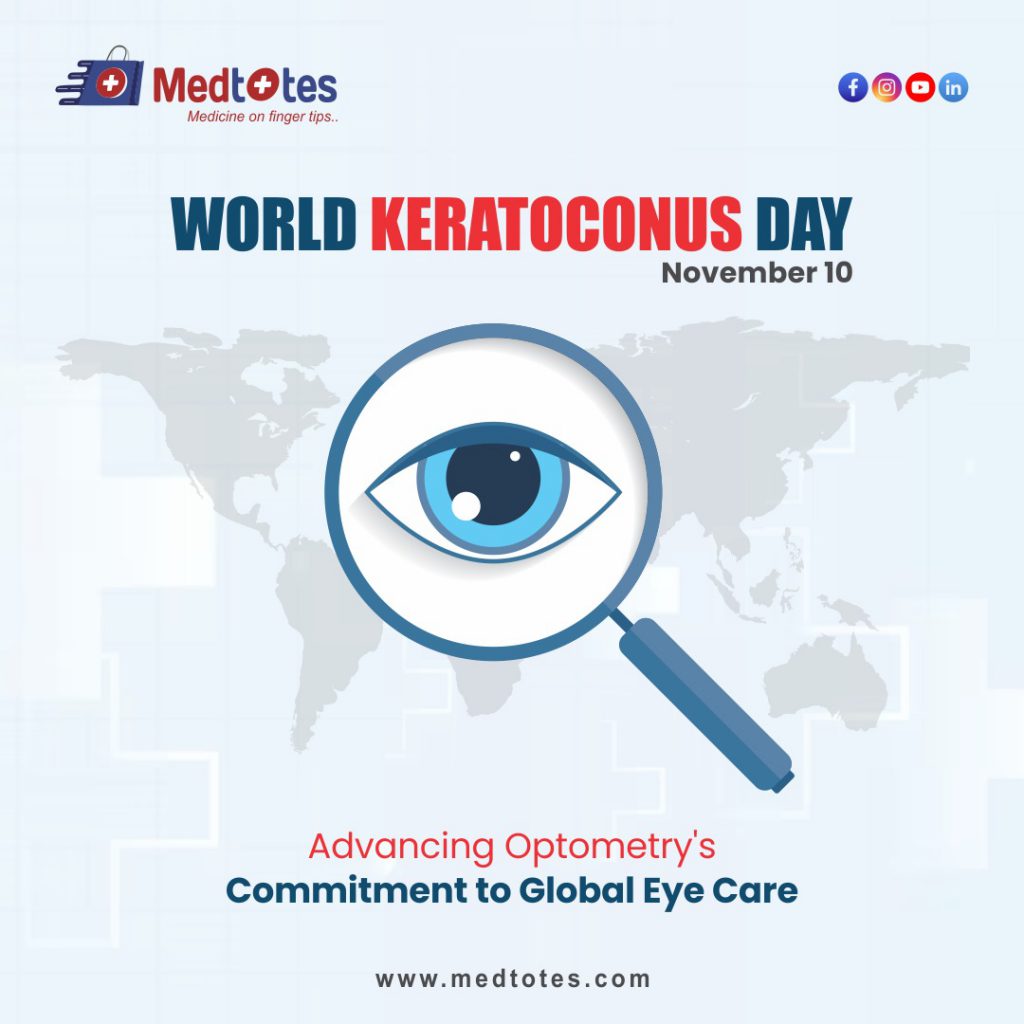I. Introduction
Eye health is essential for overall well-being, yet some conditions, like keratoconus, are not well-known despite their significant impact on vision. Keratoconus, a progressive eye disorder, affects the cornea, leading to visual impairment and challenges in daily life. In this blog, we’ll explore what keratoconus is, its impact, and the importance of World Keratoconus Day, as well as available treatment options.

II. World Keratoconus Day
World Keratoconus Day is observed on November 10 each year. This day is dedicated to raising awareness about keratoconus, providing support for those affected, and fostering a global understanding of the condition. On this day, organizations, eye care professionals, patients, and their families come together to share experiences, highlight advancements in treatment, and advocate for better research and support systems. Increasing awareness helps to promote early detection, which is crucial for managing keratoconus effectively.
III. What is Keratoconus?
Keratoconus is a progressive eye disorder where the cornea—the clear, dome-shaped surface covering the eye—gradually thins and bulges into a cone-like shape. This abnormal shape distorts light entering the eye, leading to blurred or distorted vision, sensitivity to light, and other visual challenges. The condition typically begins in adolescence or early adulthood and progresses over time, although the rate of progression can vary. Keratoconus is generally bilateral, affecting both eyes, though often at different levels. The exact cause of keratoconus is not well understood, but genetics, environmental factors, and eye-rubbing habits are believed to play a role. Research indicates that about 1 in 2,000 people develop keratoconus, though newer imaging techniques suggest it may be more common than previously thought.
IV. Impact of Keratoconus
Living with keratoconus can be challenging. The gradual degradation of vision affects various aspects of life, including reading, driving, working, and social interactions. As keratoconus progresses, even simple activities can become more difficult, leading to frustration, anxiety, and even depression for some individuals. The condition requires frequent adjustments in vision correction and can result in significant healthcare costs due to the need for regular eye exams, specialized contact lenses, and, in some cases, surgical intervention. The social and emotional impacts are equally considerable, making awareness and support essential for those affected.
V. Treatment Options for Keratoconus
While keratoconus has no cure, there are various treatment options to manage its symptoms and slow progression. Treatment options depend on the severity and stage of the condition and may include:
- Glasses and Soft Contact Lenses
- Rigid Gas Permeable (RGP) and Specialized Contact Lenses
- Corneal Cross-Linking (CXL)
- Intacs
- Corneal Transplant
VI. Conclusion
World Keratoconus Day emphasizes early diagnosis, treatments, and ongoing support for those with the condition. With advancements and a growing global community, more options and support are available. Consult an eye care professional for vision issues.
